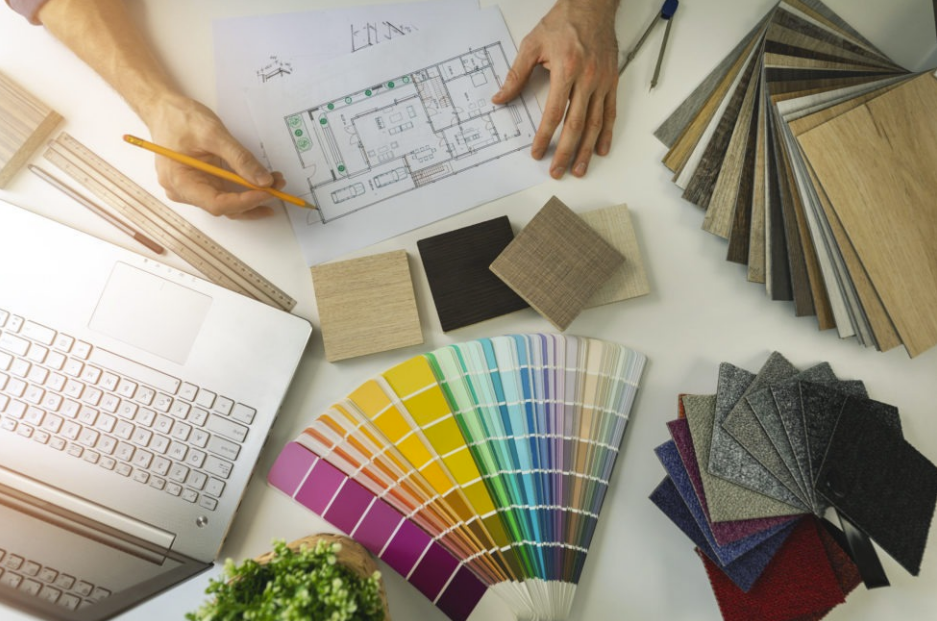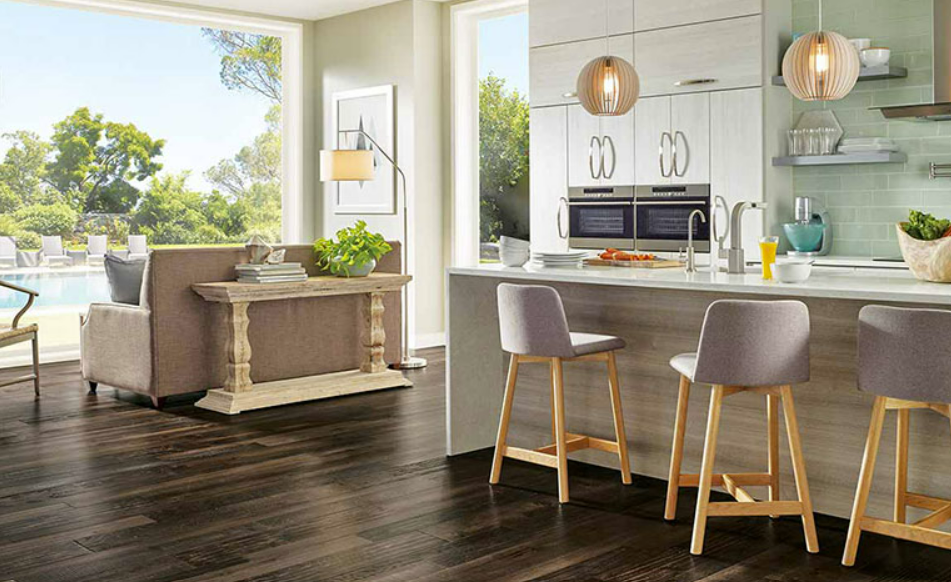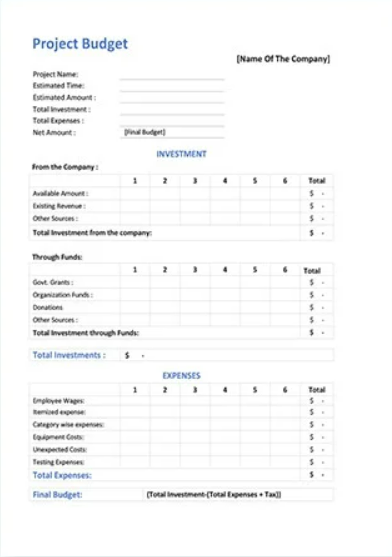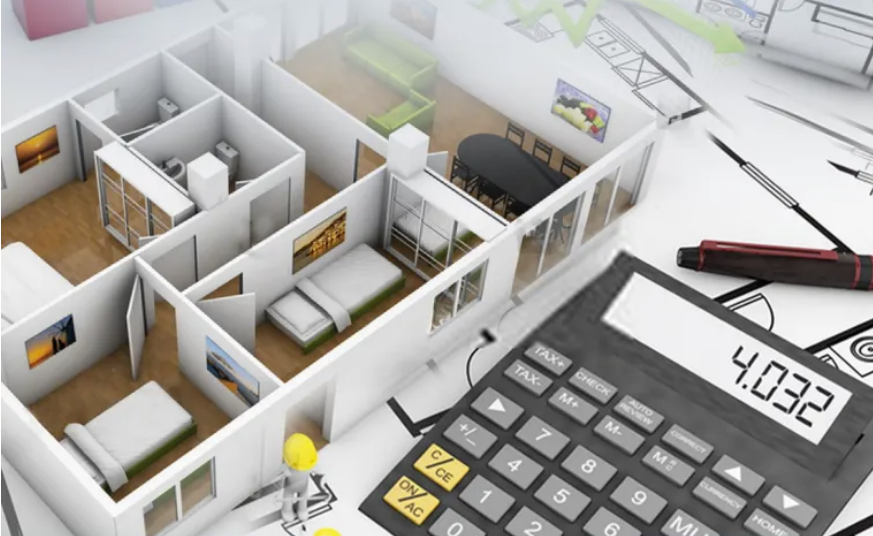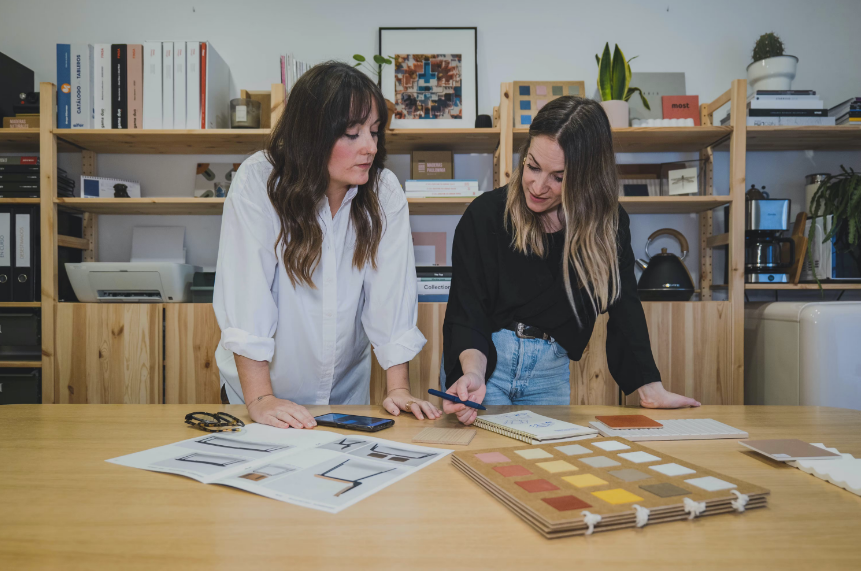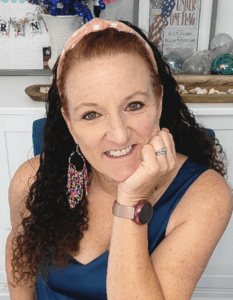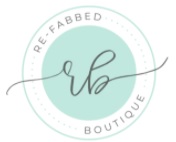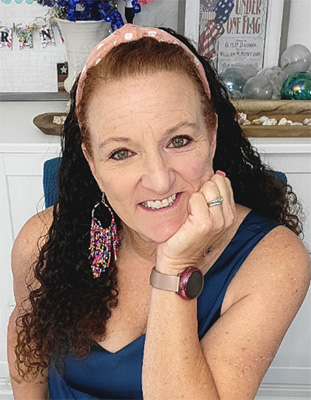Embarking on a new home interior project is an exciting endeavor to say the least.
To ensure a successful outcome, it is crucial to begin budgeting your interior design project right from the start.
It allows you to transform your living space into a reflection of your personal style and preferences.
However, to ensure a successful outcome, it is crucial to establish a well-defined budget right from the start.
Designing a budget for your interior design project not only helps you prioritize your expenses but also enables you to strike a balance between aesthetics and affordability.
In this blog post, we will guide you through the essential steps to create a comprehensive budget for your interior design project.
Define Your Project Scope
Before diving into the financial aspects, it’s important to define the scope of your interior design project.
Determine which areas or rooms you wish to tackle, the level of renovation required, and the overall design theme.
This will help you allocate funds accordingly and avoid overspending.
Set Realistic Goals
Be honest with yourself about your financial limitations and set realistic goals that align with your budget.
While it’s natural to aspire for luxurious designs, it’s vital to strike a balance between your dreams and what you can afford.
It might be possible to have the things you love by shopping thrift stores or making them yourself.
Prioritize your expenses based on your needs, and allocate funds accordingly to avoid unnecessary overspending.
Research and Gather Ideas
Before finalizing your budget, spend ample time conducting research and gathering design ideas.
Explore various sources such as magazines, Pinterest, and social media for inspiration.
This will not only help you determine your preferred aesthetic but also provide insights into potential costs associated with different design elements.
Create an Itemized Budget
Creating an itemized budget is essential to ensure you cover all aspects of your interior design project.
Categorize your expenses into key areas such as furniture, paint, flooring, lighting, accessories, and professional services (if required).
Research and gather price estimates for each item or service to determine a realistic budget range.
Account for Contingencies
Seek Professional Advice
If you feel overwhelmed or lack expertise in budgeting for interior design projects, consider seeking professional advice.
Interior designers or contractors can provide valuable insights into cost estimates, recommend cost-effective alternatives, and help you prioritize your expenses.
Their expertise can help you avoid common budgeting pitfalls and optimize your spending.
Track Your Expenses
Once your budget is established and the project is underway, diligently track your expenses.
Maintain a detailed record of all costs incurred, including receipts and invoices.
Regularly review your spending against the budget to ensure you stay on track and make necessary adjustments if required.
Flexibility and Adaptability
Remember that being flexible and open to changes are key when designing a budget for your interior design project.
As you progress, you may need to reassess your priorities, make adjustments, or reallocate funds.
Being open to alternatives and creative solutions can help you achieve a stunning result while staying within your financial means.
Sticking to a budget during the process is vital in ensuring a successful outcome.
By defining your project scope, setting realistic goals, conducting thorough research, and seeking professional advice, you can be successful budgeting your interior design project.


